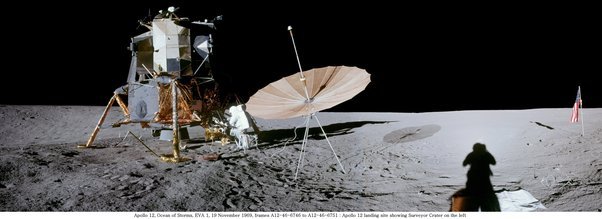A defunct satellite made its reentry into Earth’s atmosphere on Wednesday, leaving scientists uncertain about its precise landing location, timing, and even whether remnants would reach the Earth’s surface. Despite the potential concern this news may evoke among the public, the situation ultimately concluded without incident.
The satellite in question, ERS-2, was launched into space in 1995 and completed its final mission in 2011. Since then, it has lingered in Earth’s orbit as “space junk,” joining the ranks of thousands of other defunct objects orbiting the planet. Predicting the return trajectory of the satellite proved challenging, with the European Space Agency indicating that it could reenter Earth’s atmosphere within a 15-year timeframe, albeit with uncertainties regarding the exact timing and location.
On Wednesday, the long-awaited reentry occurred over the Pacific Ocean, somewhere between Alaska and Hawaii, sparking global speculation about the possibility of debris hitting populated areas. However, experts reassured that the majority of satellites similar to ERS-2 typically disintegrate upon reentry, minimizing the risk of significant debris reaching the Earth’s surface.
Carolin Frueh, a professor specializing in aeronautics and astronautics at Purdue University, explained that while a few pieces may survive reentry, they tend to scatter over a wide area, significantly reducing the probability of impacting populated regions. The difficulty in predicting the precise landing location stems from factors such as atmospheric density variations and the potential for objects to break apart during reentry.
Furthermore, ERS-2’s uncontrolled reentry, coupled with its lack of fuel for maneuvering, added complexity to the calculation of its landing trajectory. Despite these challenges, experts emphasized that the likelihood of space debris causing harm to individuals or property remains extremely low.
The European Space Agency reported no damage to property following ERS-2’s reentry, affirming the minimal risk posed by such events. Although concerns about falling space debris persist, particularly as more satellites are launched into orbit, Frueh noted that the majority of Earth’s surface is covered by oceans, mitigating the risk to human safety.
Instances of space debris impacting individuals or property have occurred in the past, albeit rarely resulting in significant harm. For example, in 1969, five Japanese sailors were injured when a piece of a Soviet spacecraft struck their ship, marking one of the earliest authenticated cases of terrestrial damage caused by falling space objects. Similarly, incidents involving falling debris from satellites or rockets have occasionally caused minor injuries or property damage, but fatalities are exceedingly rare.
As space exploration and satellite deployment continue to evolve, efforts to mitigate the risks associated with falling debris remain paramount. While incidents may occur sporadically, advancements in technology and improved monitoring systems aim to minimize the potential hazards posed by space junk reentering the Earth’s atmosphere.
In conclusion, while the reentry of defunct satellites such as ERS-2 may raise concerns among the public, the overall risk to human safety and property remains low. Vigilance and continued advancements in space debris tracking and mitigation efforts will contribute to maintaining safety in the increasingly crowded realm of outer space.
